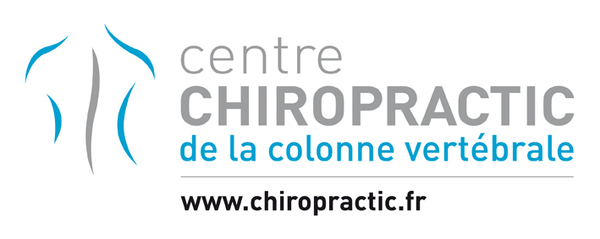Is wearing a corset effective for adults with scoliosis?
Yes, scoliosis does exist in adults, but as the population ages, it's likely to become even more prevalent in the years to come. The emphasis is often on the corset for adolescents(1, 2), but not so much on the potential of the corset as a treatment for adults with scoliosis.
Treatment goals for adults are often very different from those for adolescents. Adolescents with idiopathic scoliosis often need to focus on preventing progression(1, 2), but in adults the emphasis is often on pain and function(3).
What does the research say?
Palazzo et al, conducted a retrospective study of the medical records of patients aged 18 or older with unoperated idiopathic or progressive degenerative lumbar scoliosis, or S-curvature with progressive lumbar curvature.
Progression was defined as a change in Cobb angle of 10 degrees or more between the first and last X-rays before wearing the brace(3). They observed that scoliosis progression stopped when the corset was worn.
In other words, the mean rate of progression was significantly higher for patients before wearing the brace, compared with after wearing the brace. This suggests the effectiveness of custom-molded lumbosacral orthoses in slowing the progression of adult scoliosis.
What don't we know?
The jury is still out on the ideal length of time for adults to wear a corset.
In adolescents, we must most often recommend a full-time corset for people with idiopathic scoliosis, especially if growth is still significant(1, 2).
However, for adults, the " more is better " approach has not been proven. Clinically, we've found that it's best to consider each patient individually, but in general, four to six hours of corset wear per day* seems appropriate in many cases.
*Palazzo and colleagues included in their study patients who wore their brace for six hours or more a day(3).
Should adults with scoliosis use a corset?
In some cases, yes.
Scoliosis-specific exercises can also be helpful and can often be the first step for our patients.
However, if you have very unstable and progressive scoliosis, wearing a corset can be a very viable option for our patients.
You can also send me an e-mail with your questions to
References:
- Weinstein, SL., Dolan, LA., Wright, JG. and Dobbs, MB. (2013). Effects of Bracing in Adolescents with Idiopathic Scoliosis. New England Journal of Medicine. 369:1512-1521 DOI: 10.1056/NEJMoa1307337.
- Negrini, S., Donzelli, S., Aulisa, A.G. et al. 2016 SOSORT guidelines: orthopaedic and rehabilitation treatment of idiopathic scoliosis during growth. Scoliosis 13, 3 (2018). https://doi.org/10.1186/s13013-017-0145-8
- Palazzo, C., Montigny, JP., Barbot, F., Bustle, B., Vaugier, I., Fort, D., Courtois, I., and Marty-Poumarat, C. (2017). Effects of bracing in adults with scoliosis: A retrospective cohort study. Archives of Physical Medicine and Rehabilitation. 98: 187-190.
